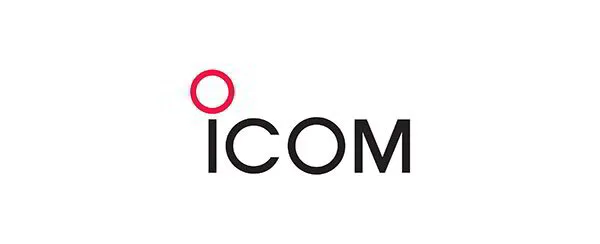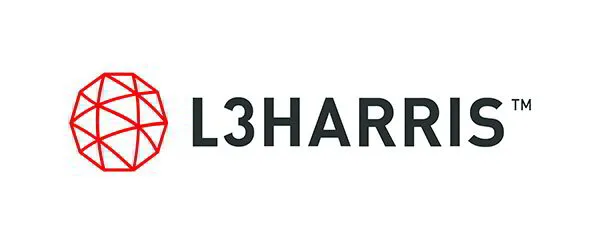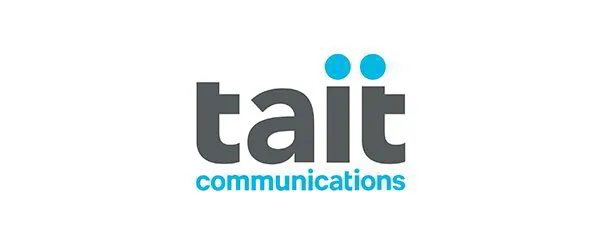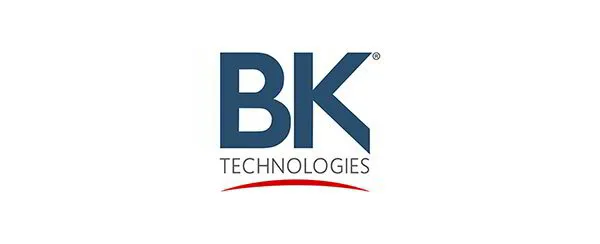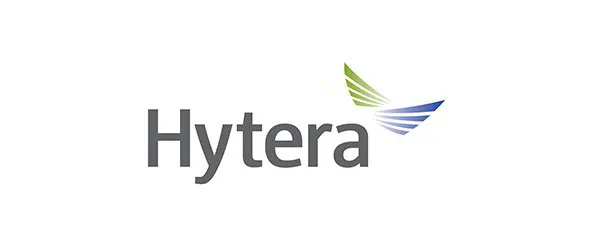
One of the Most Complete Communication Networks in the Northwest
White Cloud Communications Inc., an Idaho-based company with nearly 50 years of expertise, is headquartered in Twin Falls and operates satellite offices in Garden City, Burley, and Idaho Falls. We specialize in advanced two-way radio services, designing, developing, and delivering innovative solutions that boost productivity, enhance safety, and connect people in the toughest environments. Our mission is to provide seamless, reliable, and instant communication for businesses and communities across southern Idaho. With a focus on innovation, quality, and a customer-first mindset, we aim to be the trusted leader in wireless communication solutions.
Industries
Table of Contents
Ensuring ERCES Compliance in Idaho Falls Buildings
Imagine a fire breaking out in a downtown Idaho Falls high-rise, where firefighters struggle to communicate through thick concrete walls. This scenario underscores the vital need to Test Emergency Radio System Compliance in Idaho Falls, Idaho, ensuring first responders can coordinate effectively. Emergency Responder Radio Coverage Systems (ERCES) address this by amplifying public safety radio signals inside buildings, mandated under Idaho building codes for commercial and public structures.
ERCES, as outlined in the ERCES Handbook, provides in-building coverage for key public safety frequencies like 800 MHz bands, countering challenges such as signal attenuation from metal and concrete common in urban Idaho Falls settings. Non-compliance risks hefty fines, delayed emergency responses, and endangers lives, while proper installation enhances safety. Local experts like White Cloud Communications, with offices in Idaho Falls, offer specialized guidance on ERCES testing Idaho Falls and BDA system commissioning Idaho to meet these standards seamlessly.
This guide covers ERCES fundamentals, benefits, operations, and best practices, including emergency radio system compliance testing through ERCES testing services. To fully grasp how ERCES achieves this, let’s explore its core components and standards further.
Fundamentals of Emergency Responder Radio Coverage Systems
Emergency Responder Radio Coverage Systems (ERCES) form the backbone of reliable in-building communications for first responders, ensuring seamless operations during crises. These systems address a critical need, as studies show up to 90% of urban building interiors suffer from dead zones for public safety radios without proper enhancement. Understanding ERCES fundamentals equips facility managers in Idaho Falls with the knowledge to plan for compliance, safeguarding lives and property.
What Defines an ERCES and Its Core Components
What exactly is an ERCES? It is a specialized distributed antenna system designed to deliver 95-99% coverage for emergency responder radios inside structures, countering signal attenuation from walls and materials. At its heart, ERCES functions like a building’s nervous system, distributing radio signals uniformly to eliminate blackouts during high-stakes scenarios.
Core components include bi-directional amplifiers (BDAs) that boost incoming and outgoing signals, donor antennas capturing external transmissions from nearby towers, and in-building antennas radiating coverage. Signal boosters ensure consistent strength, while monitoring systems track performance in real-time. Integration with public safety radio solutions allows customization for local frequencies, vital for Idaho Falls facilities like hospitals where uninterrupted alerts can save lives.

Core ERCES components and in-building signal challenges
This architecture not only meets radio coverage standards but also supports scalable designs for diverse buildings.
Key NFPA Codes Governing ERCES in Idaho
How do regulatory frameworks ensure ERCES effectiveness? The National Fire Protection Association (NFPA) sets the gold standard through codes like NFPA 72, Chapter 24, which mandates emergency responder communication systems in new constructions over certain sizes.
Key requirements include:
- Minimum signal strength of -95 dBm throughout occupied areas, as specified in NFPA 1225.
- Annual testing and documentation of coverage maps.
- Integration with fire alarm systems for automatic notifications.
- UL 2524 certification for BDAs to verify reliability under load.
Idaho adopts the International Fire Code (IFC), incorporating these NFPA provisions with state amendments for high-risk occupancies. For instance, facilities exceeding 50,000 square feet must install ERCES, aligning with local fire marshal oversight. These radio coverage standards prioritize donor site coordination to avoid interference, drawing from NFPA 1225 protocols that emphasize pre-installation modeling and post-commissioning verification. Compliance here prevents fines and operational disruptions, fostering safer environments.
Local Challenges in Achieving ERCES Compliance
Why is ERCES implementation tricky in Idaho Falls? The region’s mountainous terrain and remote tower placements often weaken outdoor signals, exacerbating in-building dead zones in high-rises, industrial warehouses, and medical centers.
Signal penetration suffers from concrete and steel structures, dropping coverage below the required 99% in basements or atriums. For example, a local hospital faced delays in emergency drills due to inconsistent radio links, highlighting the need for tailored solutions.
To overcome these, conducting a site survey is essential, mapping weak spots before BDA deployment. ERCES testing Idaho Falls verifies compliance through drive tests and grid measurements, addressing variations like seasonal weather impacts on propagation.
For thorough assurance, facilities should Test Emergency Radio System Compliance in Idaho Falls, Idaho, integrating local adaptations to NFPA guidelines. This proactive approach mitigates risks, ensuring robust connectivity for public safety teams amid Idaho’s unique geography.
Understanding these basics reveals the significant advantages of compliant ERCES for safety and operations.
Key Benefits of ERCES Compliance for Public Safety
Complying with Emergency Responder Radio Coverage Enhancement System (ERCES) standards delivers substantial value for buildings in Idaho Falls, Idaho. These systems ensure reliable in-building radio signals, directly enhancing public safety and operational efficiency. From faster emergency responses to cost savings, the advantages make investment in proper setup worthwhile for facility managers.
Enhanced Responder Safety and Response Times
Reliable ERCES compliance significantly boosts first responder safety by eliminating communication dead zones that can delay critical actions. In Idaho Falls facilities like schools or hospitals, where quick response is vital, these systems provide seamless first responder radio coverage, reducing risks during emergencies such as fires or medical crises. For instance, integrating Test Emergency Radio System Compliance in Idaho Falls, Idaho during installation ensures signals penetrate deep into structures, allowing rescuers to coordinate effectively without interruptions.
Key ERCES safety gains include:
- 20-30% faster response times, as studies from the ERCES Handbook indicate facilities with compliant systems achieve quicker scene assessments and evacuations.
- Minimized rescue delays in multi-story buildings, where poor coverage might otherwise strand teams in hazardous areas.
- Improved coordination among fire, EMS, and law enforcement, preventing miscommunications that could endanger lives.
As the ERCES Handbook notes, facilities with ERCES see 25% fewer communication failures, underscoring these life-saving benefits. Consider assessing your building: Does your current setup support rapid responder access in high-stakes scenarios?
Regulatory and Financial Advantages
Adhering to ERCES through NFPA standards not only meets legal requirements but also unlocks significant financial relief for Idaho Falls property owners. Proper fire code radio signal testing during commissioning helps avoid hefty fines, while certification demonstrates commitment to safety, appealing to insurers and regulators alike. This compliance rewards forward-thinking managers with tangible economic perks, making it a smart business move.
Notable compliance rewards encompass:
- Avoidance of penalties up to $10,000 per violation under local fire codes, ensuring uninterrupted operations without costly legal battles.
- Lower insurance premiums, often 10-15% reductions for buildings certified under NFPA 1221 and UL 2524, as insurers recognize the reduced risk of communication breakdowns.
- Eligibility for grants or incentives in public safety projects, particularly when BDA system commissioning Idaho aligns with state mandates.
Drawing from the ERCES Handbook, case studies show compliant facilities in similar regions save thousands annually on premiums and audits. Ask yourself: Are outdated systems exposing your organization to avoidable regulatory risks and higher costs?
Long-Term Operational Reliability
ERCES compliance future-proofs Idaho Falls buildings by promoting durable, low-maintenance radio systems that withstand evolving demands. Through regular ERCES testing Idaho Falls, owners ensure ongoing performance, cutting downtime and extending equipment life. This approach supports multiple standards like P25 and DMR, integrating seamlessly with existing infrastructure for upgrades without major overhauls.
Essential long-term benefits feature:
- Reduced downtime from preventive maintenance, minimizing emergency repairs that could disrupt hospital or school operations.
- Enhanced system integration for scalable growth, accommodating future tech like GPS tracking in public safety radios.
- Strong ROI via 5-7 year payback periods, as the ERCES Handbook highlights lower failure rates leading to 30% savings on repair calls.
These elements build resilience, as evidenced by handbook data on sustained signal strength over decades. Evaluate your facility: How might proactive compliance safeguard operations against tomorrow’s challenges?
How ERCES Systems Function and Ensure Coverage
These advantages stem from precise engineering–here’s how ERCES delivers reliable performance in Idaho Falls buildings, from warehouses to high-rises, ensuring no dead zones for emergency responders.
Core Mechanisms of Signal Distribution
ERCES systems begin with external donor antennas that capture public safety radio signals from outside the building. These antennas feed weak incoming signals into bi-directional amplifiers (BDAs), which boost both transmit and receive capabilities for LMR and P25 standards. The amplified signals then travel through coaxial cables to internal distributed antennas, promoting even in-building propagation and eliminating coverage gaps.
In Idaho contexts, such as Idaho Falls warehouses, this setup addresses signal attenuation from thick walls and metal structures. BDAs play a crucial role in ERCES signal boosting, amplifying frequencies to maintain strength levels above -95 dBm. Distributed antennas, strategically placed in ceilings or walls, radiate signals uniformly, supporting two-way communication for fire and EMS teams. This flow ensures comprehensive coverage, with donor antennas tuned to local tower frequencies for optimal reception.
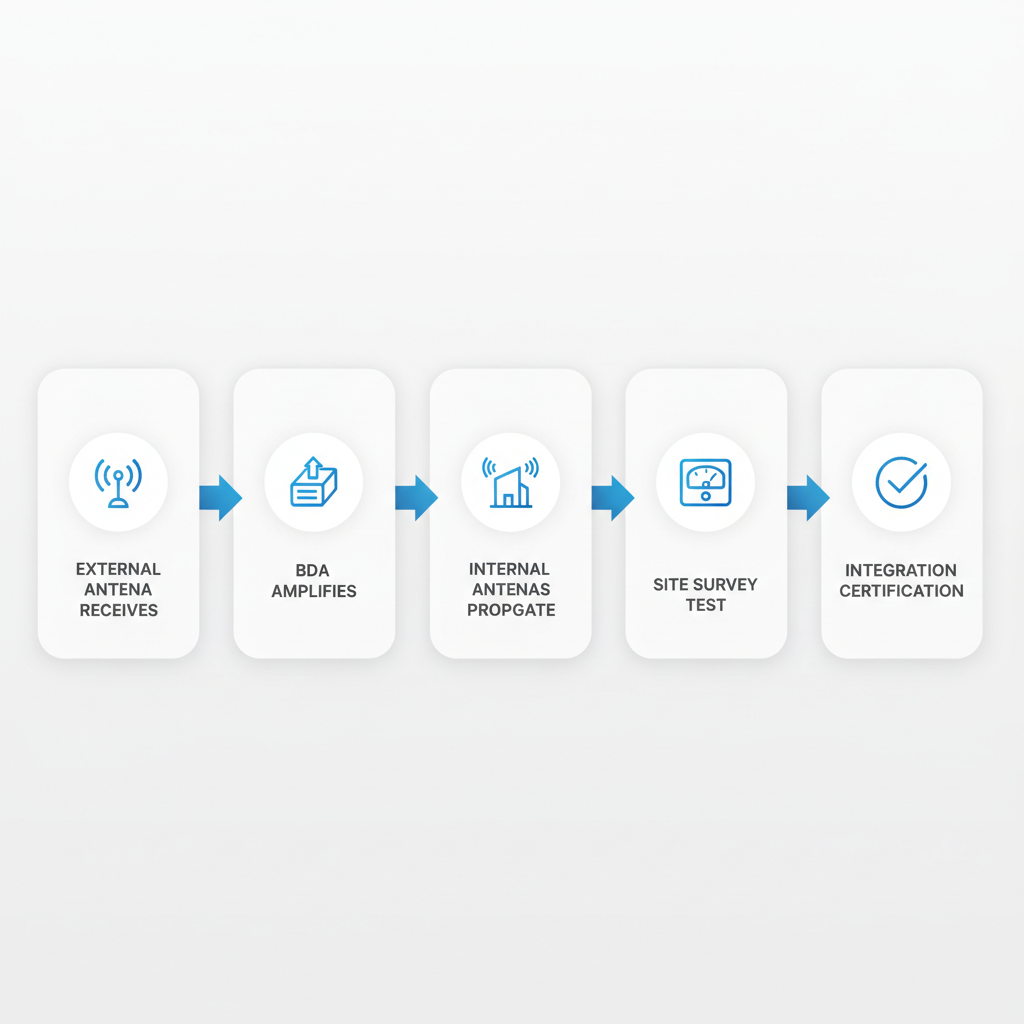
ERCES signal distribution and testing process overview
(148 words)
Testing and Commissioning Processes
Commissioning starts with site surveys using spectrum analyzers to map signal strength across the facility. Technicians then install and configure BDAs, followed by acceptance testing that includes ERCS ERCES testing to verify amplification without distortion. Key steps involve measuring donor signal input, BDA gain settings, and output to distributed antennas, targeting -95 dBm minimum for reliable coverage.
- Conduct frequency-specific scans for P25 and LMR bands.
- Simulate two-way communications to test latency and clarity.
- Perform bda das verification using tools like Anritsu site master analyzers for compliance with NFPA 1225.
- Document results and certify the system for Idaho Falls operations.
For Test Emergency Radio System Compliance in Idaho Falls, Idaho, local procedures emphasize ERCES testing Idaho Falls protocols, including overload protection checks. These verification methods confirm the system handles emergency loads, with certification ensuring ongoing public safety adherence.
(152 words)
Integration with Building Infrastructure
ERCES seamlessly integrates with distributed antenna systems (DAS) by sharing cabling and monitoring infrastructure, enhancing overall wireless performance. BDAs connect to building management systems, linking with fire alarms for automatic shutdown during emergencies to prevent interference. This compatibility supports real-time alerts and diagnostics, maintaining signal integrity in diverse Idaho Falls structures like hospitals.
Key integration aspects include:
- Synchronization with existing DAS for multi-frequency support.
- Remote monitoring via software that tracks BDA status and battery backups.
- Compliance checklists verifying NFPA 72 ties for alarm integration.
- Scalability for expansions, such as adding coverage for new floors.
Ongoing performance relies on periodic signal audits and firmware updates, ensuring coverage verification methods align with UL2524 standards. In practice, this setup boosts responder efficiency, with systems designed for minimal maintenance while interfacing with HVAC and electrical grids without disruption.
(150 words)
Mastering these functions requires proven strategies for implementation and upkeep.
(Total: 452 words)
Best Practices for ERCES Installation and Maintenance
Implementing effective Emergency Responder Radio Coverage Enhancement Systems (ERCES) requires meticulous planning and ongoing vigilance to meet public safety standards. In Idaho Falls, Idaho, where harsh winters and rugged terrain can impact signal reliability, these practices ensure seamless communication for first responders during emergencies. By focusing on site surveys, regular testing, and expert partnerships, facility managers can achieve reliable coverage while adhering to local regulations.
Conducting Effective Site Surveys
A thorough site survey forms the foundation of successful ERCES deployment, identifying signal dead zones and optimal equipment placement. Begin with signal engineering using spectrum analyzers to measure radio frequency propagation inside buildings, accounting for Idaho-specific challenges like thick concrete walls or seasonal weather interference from snow accumulation. Engage qualified professionals to map coverage gaps, simulating emergency scenarios to test signal strength in critical areas such as stairwells and basements.
Follow these steps for an effective survey:
- Assess building materials and layout for RF attenuation.
- Conduct walk-through tests with portable analyzers during peak usage times.
- Document findings with heat maps to guide BDA system commissioning Idaho designs.
Neglecting this phase can lead to post-installation failures, as seen in cases where unaddressed dead zones delayed responder communications. Aim to complete surveys before any construction, ensuring compliance with FCC guidelines and integrating findings into system blueprints. This proactive approach minimizes costly revisions and enhances overall safety.
Maintenance Testing Schedules and Costs
Regular maintenance is crucial for ERCES upkeep strategies, preventing downtime that could endanger lives. Per NFPA 1225 standards, conduct annual comprehensive tests, supplemented by quarterly checks in high-risk facilities like hospitals or schools in Idaho Falls. These evaluations verify signal boosters, antennas, and batteries function optimally, with NFPA 1225 Section 10.6 specifying minimum signal levels of -95 dBm for reliable dispatch.
To test Emergency Radio System Compliance in Idaho Falls, Idaho, establish a calendar:
- Quarterly: Visual inspections and basic signal tests ($500-$1,000 per session).
- Annually: Full system simulation with certified technicians ($1,000-$2,000, including reports).
Initial installation costs range from $2,000 to $10,000 depending on facility size, with yearly ERCES maintenance testing adding $500-$2,000. Budget for documentation to secure FCC and local fire marshal approvals, avoiding fines up to $10,000 for non-compliance. Train staff to monitor alerts, fostering a culture of vigilance that aligns with Idaho’s stringent public safety mandates.
Partnering with Local Experts
Selecting the right installers ensures ERCES aligns with compliance best practices and local nuances. Prioritize certified professionals experienced in Idaho regulations, such as those versed in UL 2524 standards for bi-directional amplifiers. Look for firms offering end-to-end services, from design to ongoing support, with a track record in public safety installations across the Northwest.
Key criteria for partners include:
- Certification in ERCES testing Idaho Falls and familiarity with digital mobile radio systems.
- Proven adherence to NFPA protocols and rapid response capabilities.
- Transparent pricing and service contracts tailored to your facility.
Local experts like those in Twin Falls or Idaho Falls offices can navigate weather-related challenges, such as frozen conduits during winter installs. Require detailed proposals outlining timelines, warranties, and staff training programs. By partnering wisely, facilities avoid pitfalls like incompatible equipment, ensuring robust performance and peace of mind.
Following these practices positions your facility for success–let’s recap the path forward.
Achieving Reliable Emergency Radio Coverage in Idaho Falls
Achieving reliable emergency radio coverage in Idaho Falls demands a solid grasp of Emergency Responder Radio Coverage Enhancement Systems (ERCES) and adherence to NFPA 1225 standards. These systems ensure first responders maintain clear, uninterrupted communications inside buildings, addressing critical questions like NFPA codes for coverage and ensuring radio signals for emergency responders in Idaho. By recapping fundamentals, ERCES eliminates dead zones in facilities like hospitals and schools, recapping benefits such as faster response times and cost savings through efficient signal boosting.
The emergency response enhancement system operates via bi-directional amplifiers (BDAs) that amplify radio signals for two-way transmission, with regular testing verifying compliance. Best practices include thorough site surveys, professional installation, and ongoing maintenance to sustain performance. In Idaho Falls, where public safety hinges on robust connectivity, implementing these strategies ensures success–especially for ERCES testing Idaho Falls and BDA system commissioning Idaho. Tools like those from Anritsu validate testing efficacy, providing credible assurance.
With this foundation, contacting local experts like White Cloud Communications for a Emergency Responder Enhancement System Test Idaho Falls consultation is the ideal next step. Tailor ERCES solutions to your facility today for sustained ERCES reliability and peace of mind.
Resources
Test Emergency Radio System Compliance Idaho Falls Emergency Responder Enhancement System Test Idaho Falls
We are certified dealers of the following brands:

